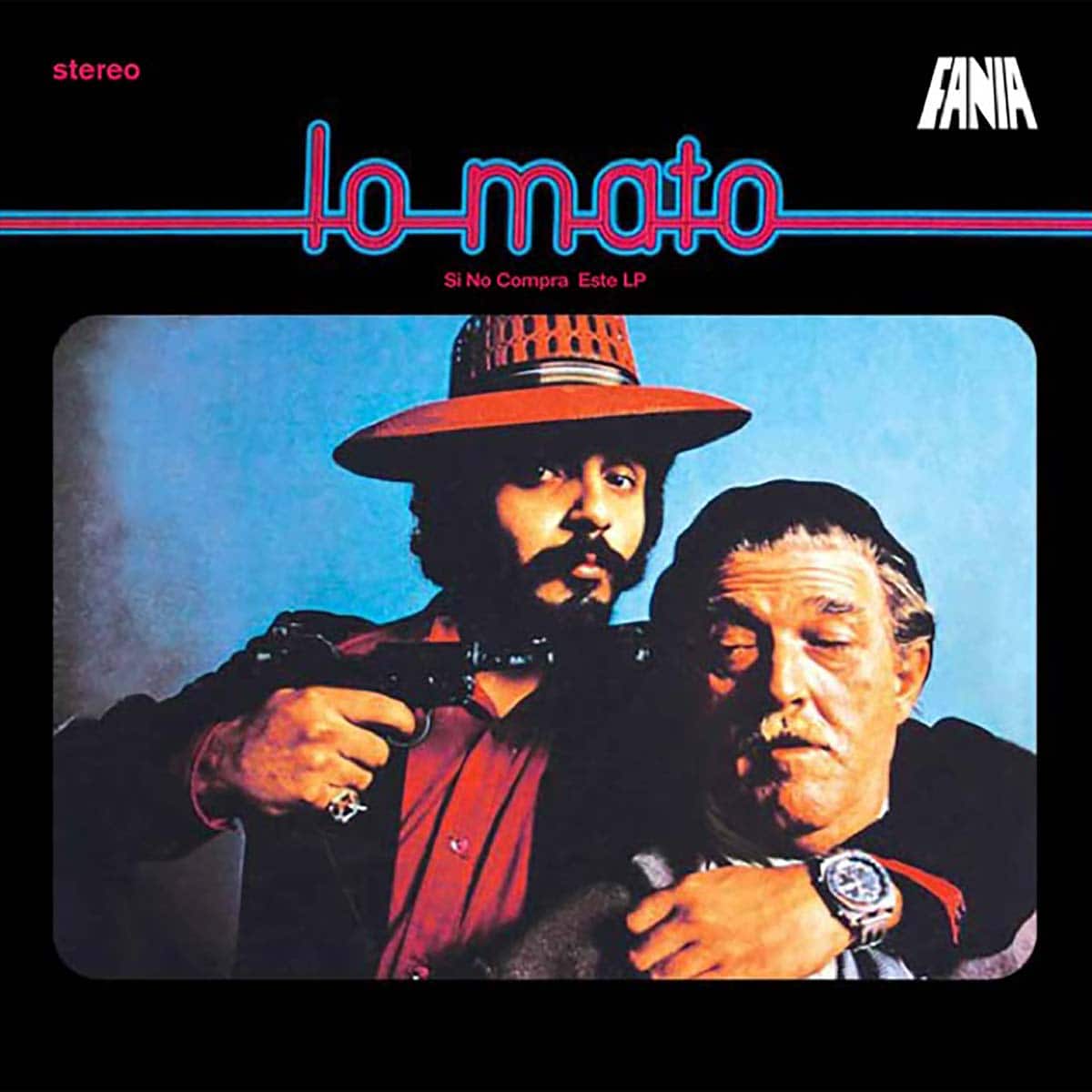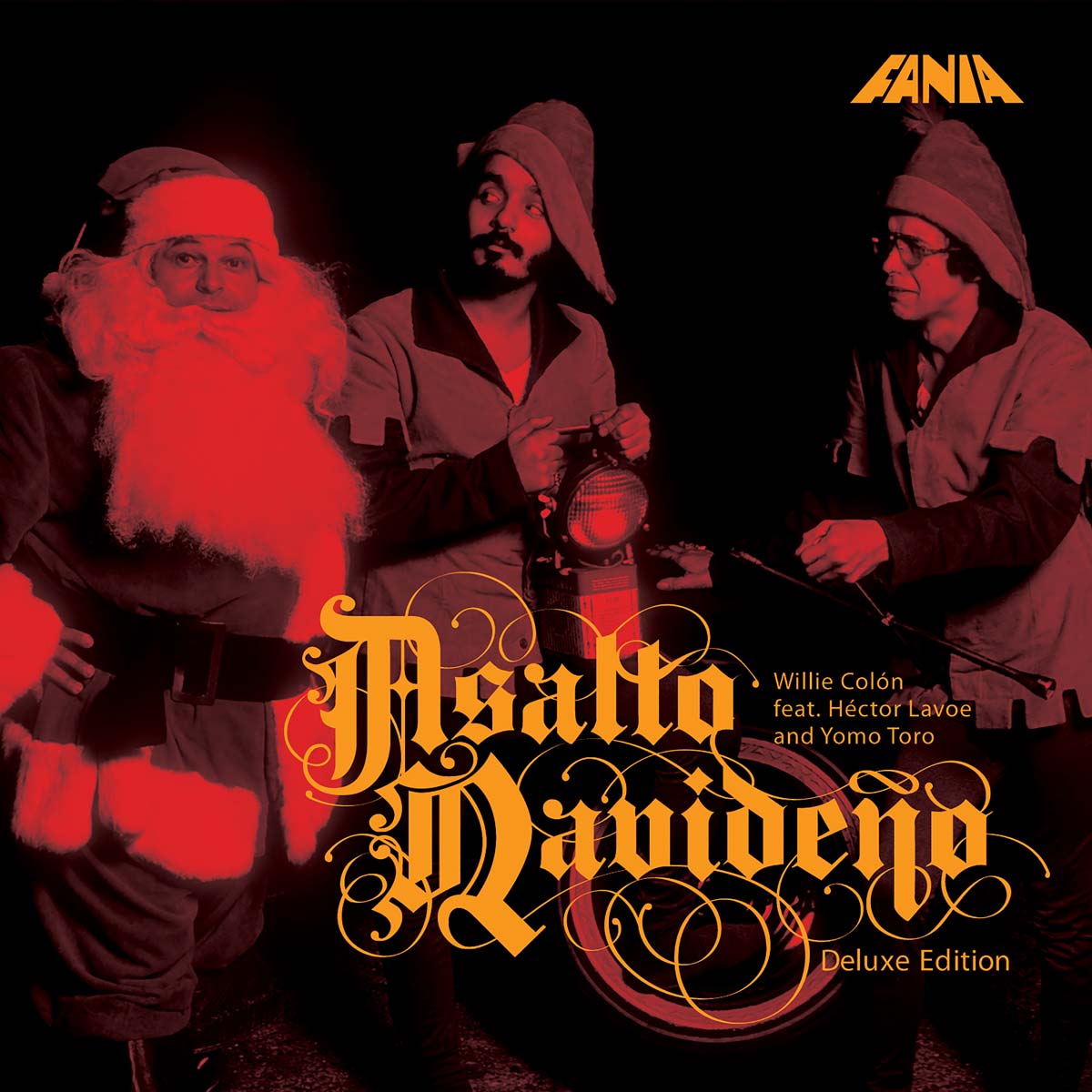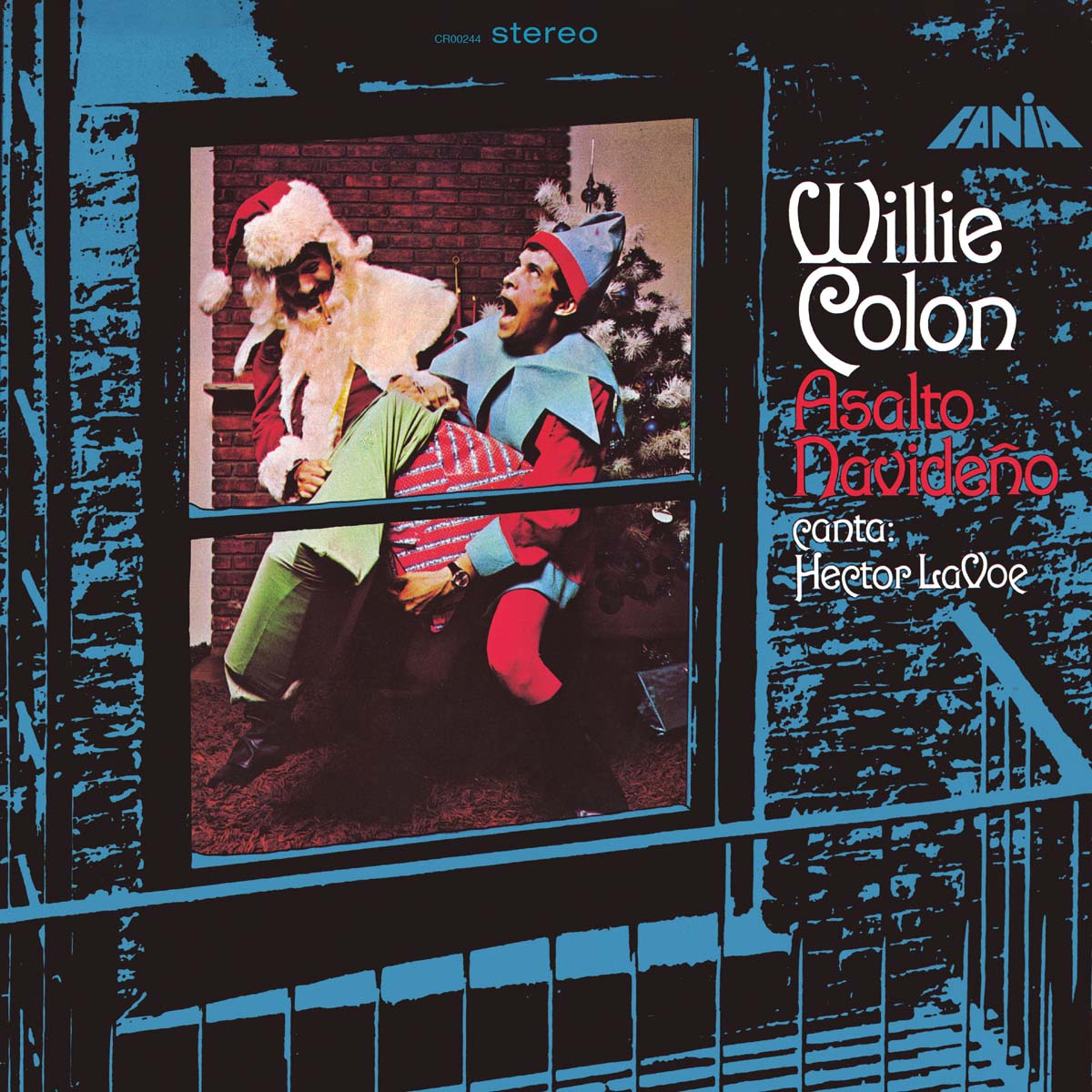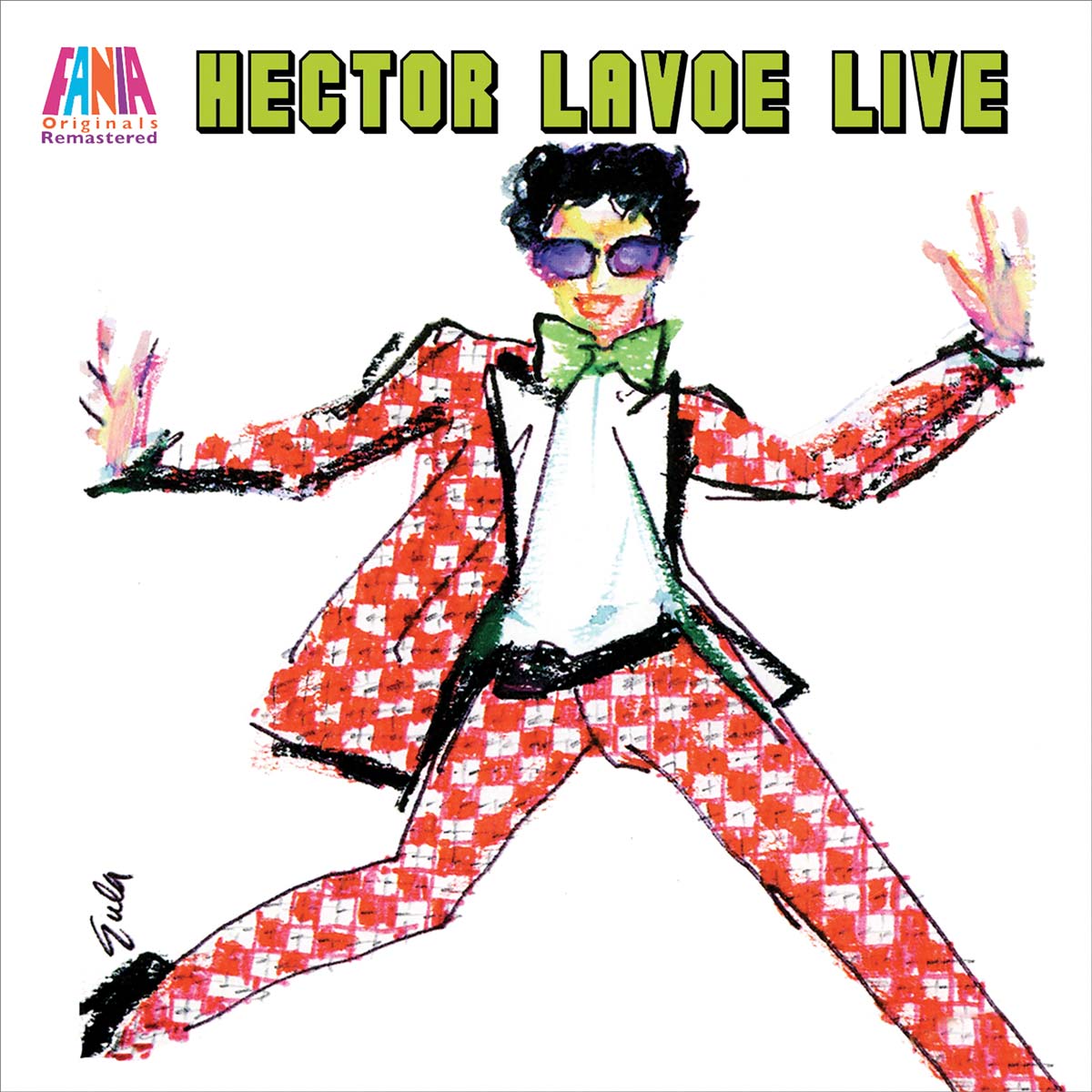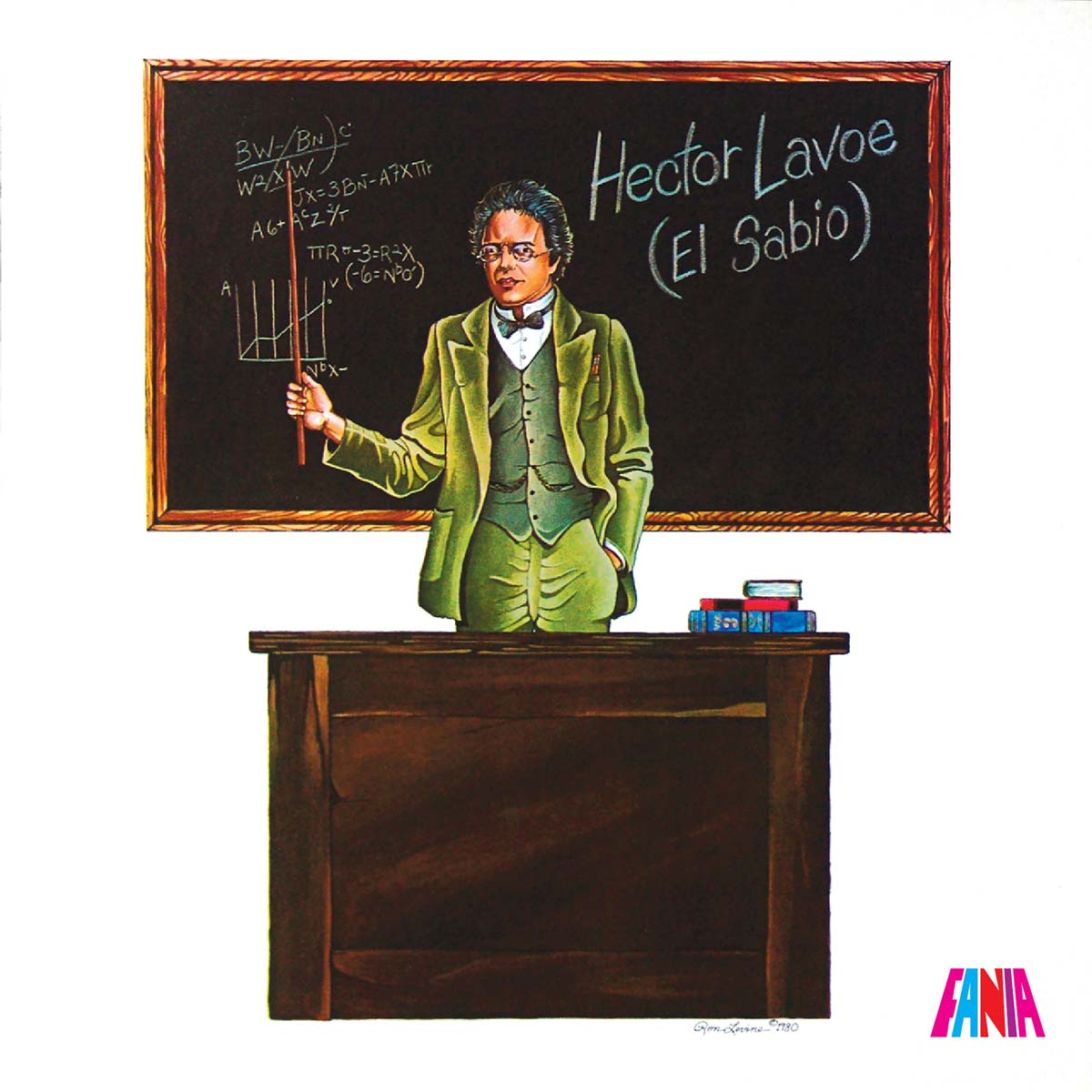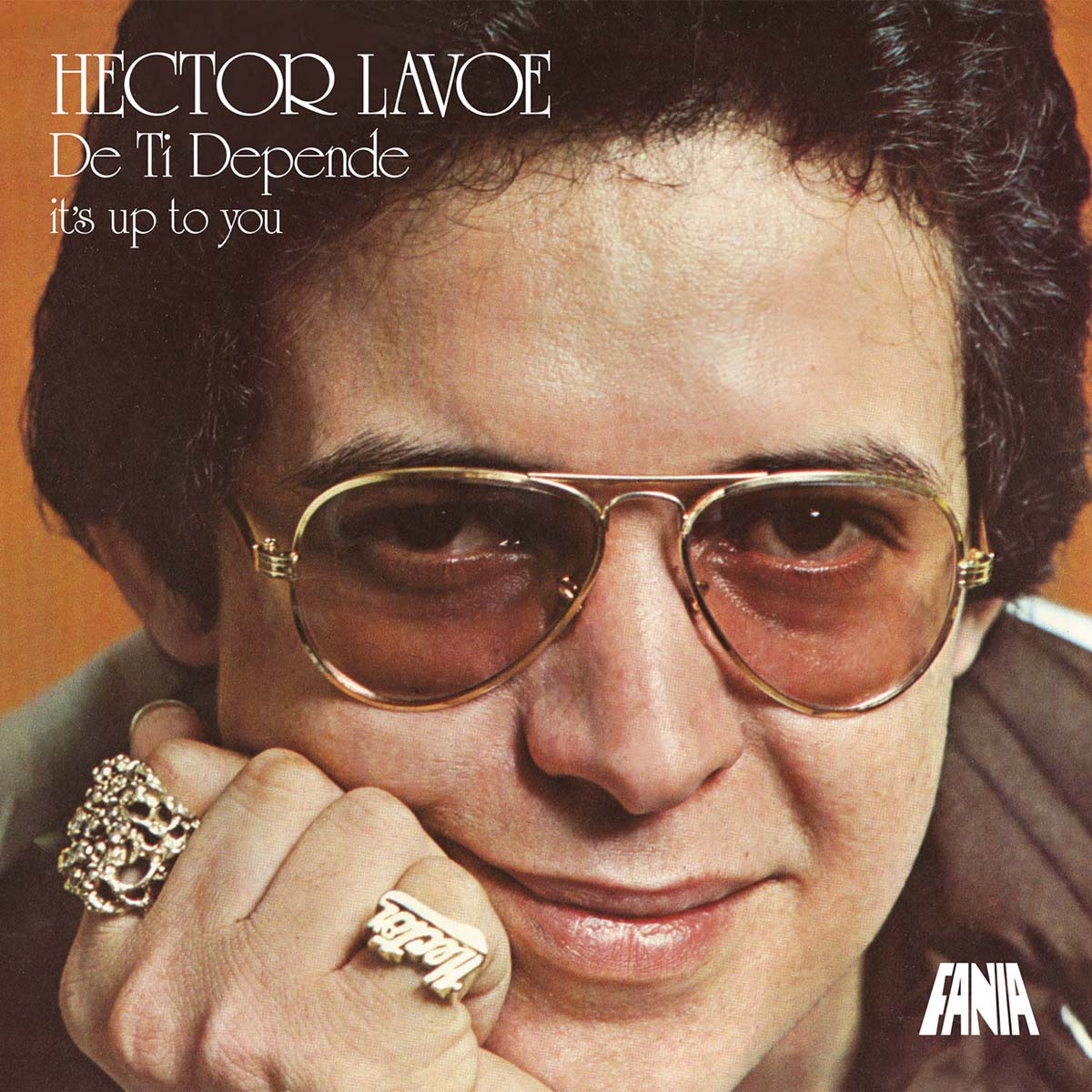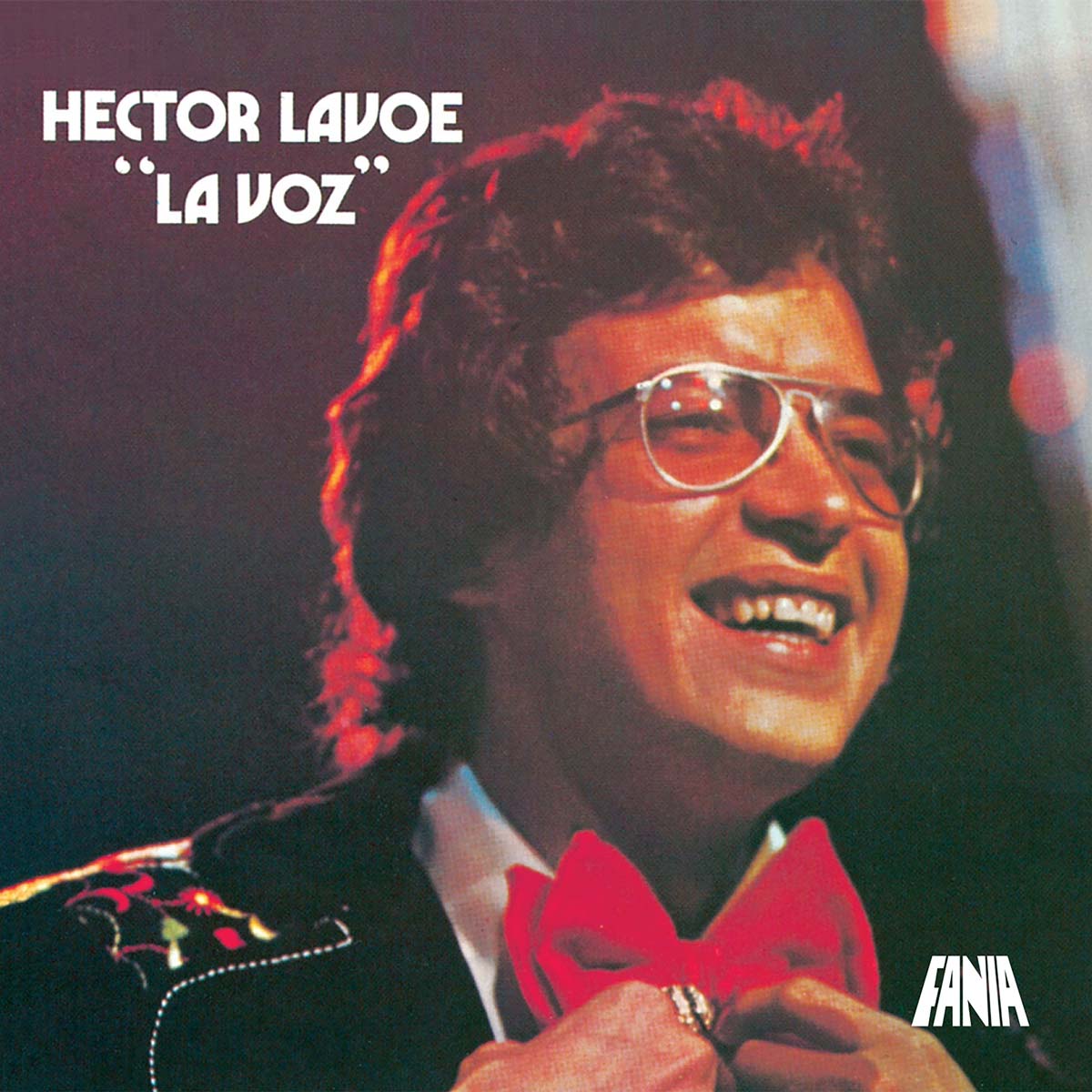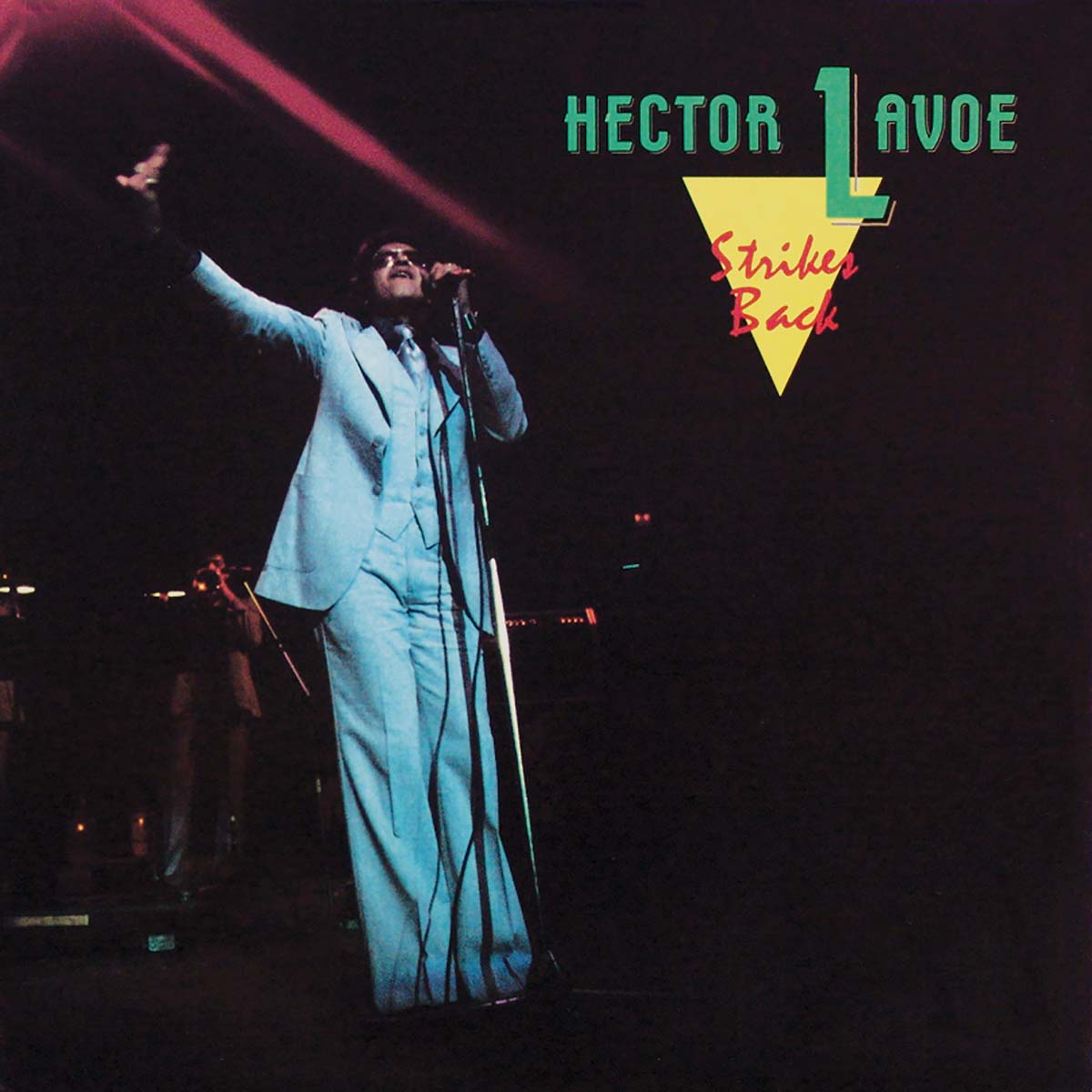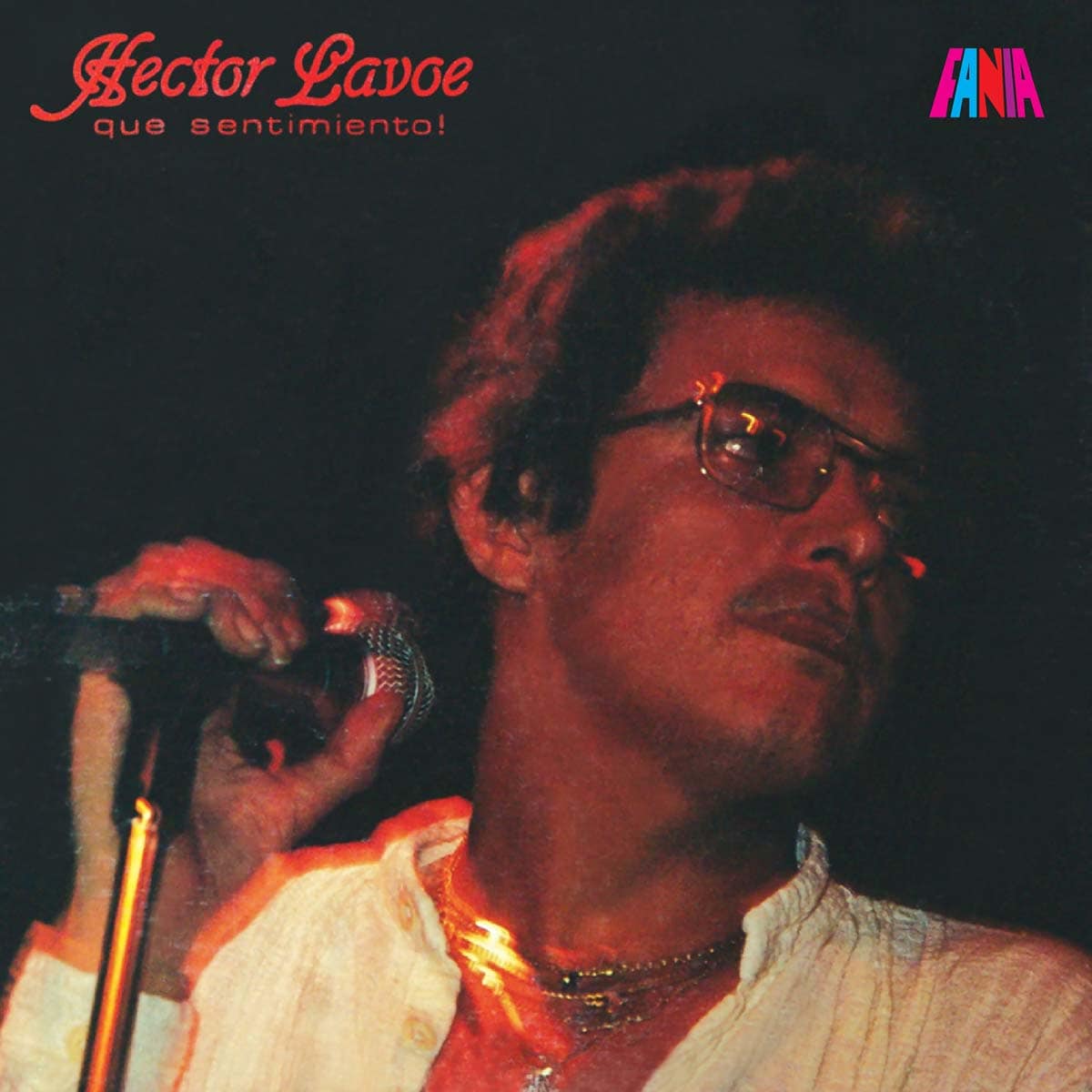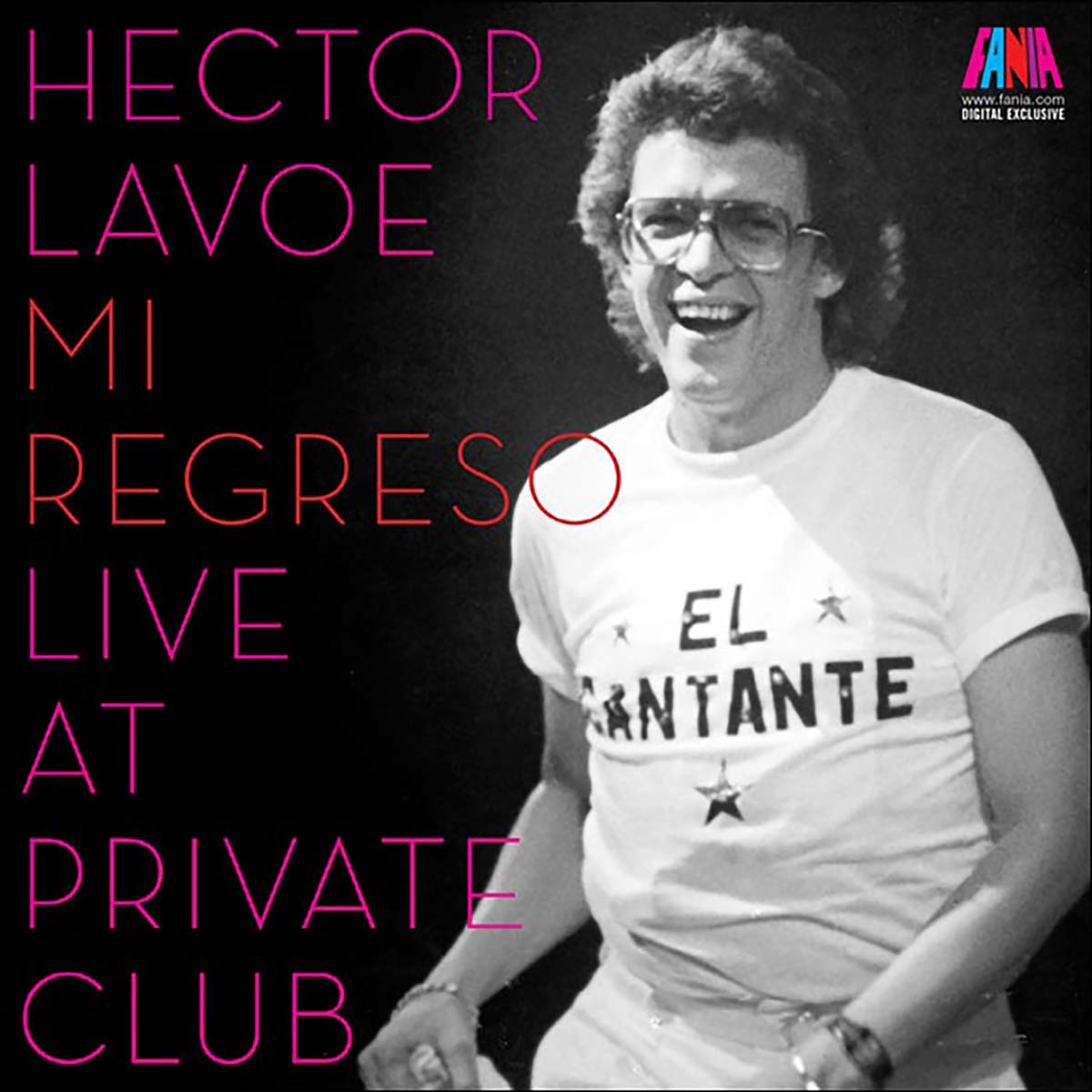
In 1967 Héctor Pérez agreed to record the album El Malo in order to please Johnny Pacheco, recording director and co-founder of Fania Records. The true story is that the president of Fania, Jerry Masucci, agreed to edit the first albums of Willie Colón’s band with the condition that among its ranks it would have a versatile, well-versed singer, who possessed a timbre and tessitura more pleasing than that of Tony Vázquez, its lead singer.
Pacheco introduced him to Colón and at the beginning of their collaboration Héctor considered that his participation in the band would be brief because he thought, in comparison to other orchestras of the time, such as Eddie Palmieri’s La Perfecta, the Willie’s ensemble sounded bad and lacked identity. Two years later, his relationship with Willie began strengthening itself to such a point that the LP “Guisando” became the first album in which they shared the credits and the album cover. In this way, Lavoe’s name, nicknamed such by Arturo Franklyn, began to resonate in countries like Panama, Colombia, Paris and Venezuela, thanks to the international tours that Richie Bonilla organized, the then manager of the young duo that in 1969 won the overwhelming admiration of the dancers, tired of the boogaloo and the shing-aling; they were longing for the AfroCaribbean rhythm and overflowed the Manhattan clubs where Federico Pagani performed his shows. “Guisando (Doing A Job)” capitalizes to the utmost the gangster image of The Hustler, where in which the main photograph shows Willie partaking in a game of pool with the musicians of his orchestra. Even though in this photograph they appear scaling the safe of a bank, the gangster image – reinforced later on in the album covers of Izzy Sanabria and Ron Levine for La Gran Fuga (The Big Break) and Lo Mato – were limited in the visual aspect, as part of a strategy to promote the band of musician youths determined to revolutionize the New York scene after the decline of the mambo and the fall from popularity of the big orchestras of Machito, Tito Puente and Tito Rodríguez.
Contrary to the connection that exists today between the concepts of presentation and the contents of the majority of contemporary urban music, Willie and Héctor never incited the youth to rob banks, to traffic in drugs and to murder people. As exponents of urban salsa, their sociocultural discourse was strengthened by their observations of life in the neighborhoods and communities with the greatest concentration of Latins in New York. Their lyrics tackle, sometimes with humor, the stories of the purse-snatchers or thieves who, like the character Vincent from “Guisando” who, sooner or later, do not escape justice. In “No Me Den Candela” they shine a light on the reality of gossip, the evil eye, envy, evil and santería that toned down the competition between some of the groups of the time and life itself in the marginalized communities of the Bronx and the Neighborhood (Barrio). In this way, the story of the compulsive gambler who bets even his own soul and then walks away without paying up; the swing (saoco) of the duo that comes from the Borinquen legacy to transform the milieu affirming that apart from Willie Colón there is no other band to which you can dance better and the situation of the numbers game runner (bolitero) and marijuana dealer that is pursued by the police (jara), can find fertile ground in the compositions of the duo. “Guisando” is really the first salsa album by a duo.
Getting away from the decadent boogaloo, in “Guisando”, “No Me Den Candela”, “El Titán”, “Oiga Señor”, “I Wish I Had A Watermelon” (Willie’s response to the hit Watermelon Man by Herbie Hancock who recorded with Mongo Santamaría), “Te Están Buscando” by the pianist Mark Dimond and in “Se Baila Mejor”, the duo approaches the guaracha, the guajira, the son, the Puerto Rican bomba, Latin jazz and the guaguancó, with quite a lot of bold and clever fusions during a period in which the arrangers of small bands, such as Joel Pastrana and Pete Rodríguez, composed in a circular and risk-free manner. With “Guisando”, Colón and Lavoe present a rebellious, aggressive and irreverent style of making music. A revolutionary salsa in which the odor of garbage accumulated on the corner of the ghetto, the captivating aroma of marijuana, the shouting of nude children in the back alley, the insults of the prostitutes to the pimps and the desire for happiness among the boricua diaspora discriminated against in the Iron (Tower of) Babel, can be perceived. Producer – Jerry Masucci Recording Director – Johnny Pacheco Original Cover Photography – Marty Topp Original Cover Design – Walter Velez Original Art Director – Izzy Sanabria
Written by Jaime Torres Torres


